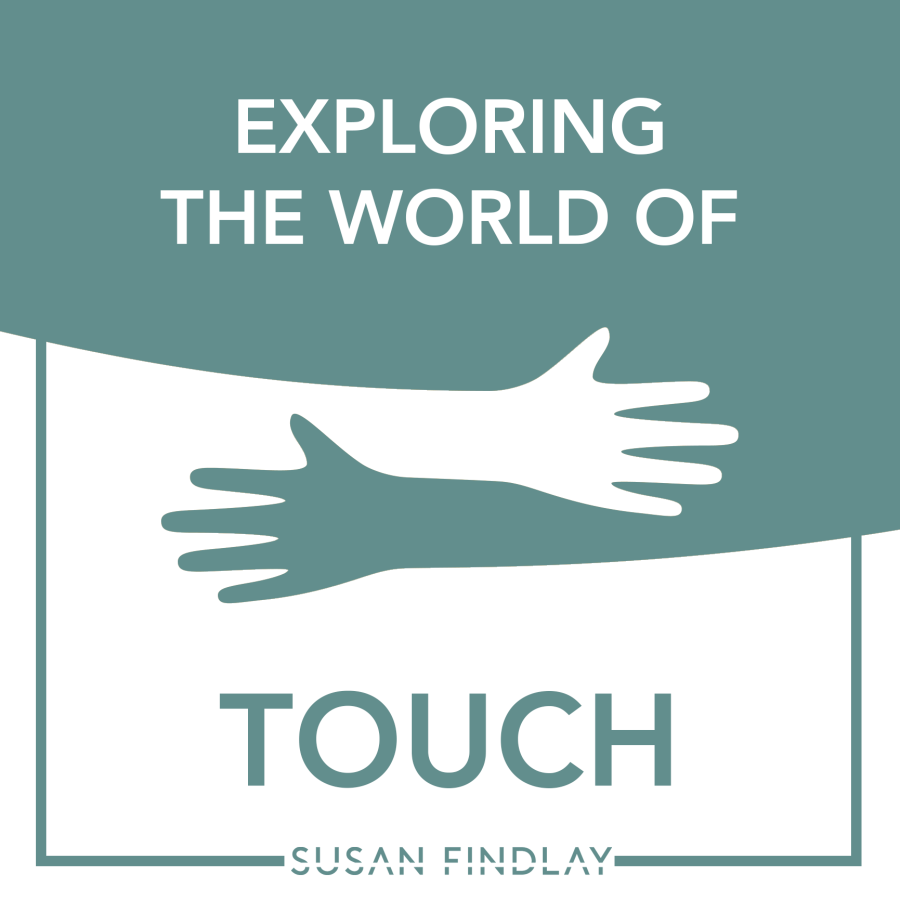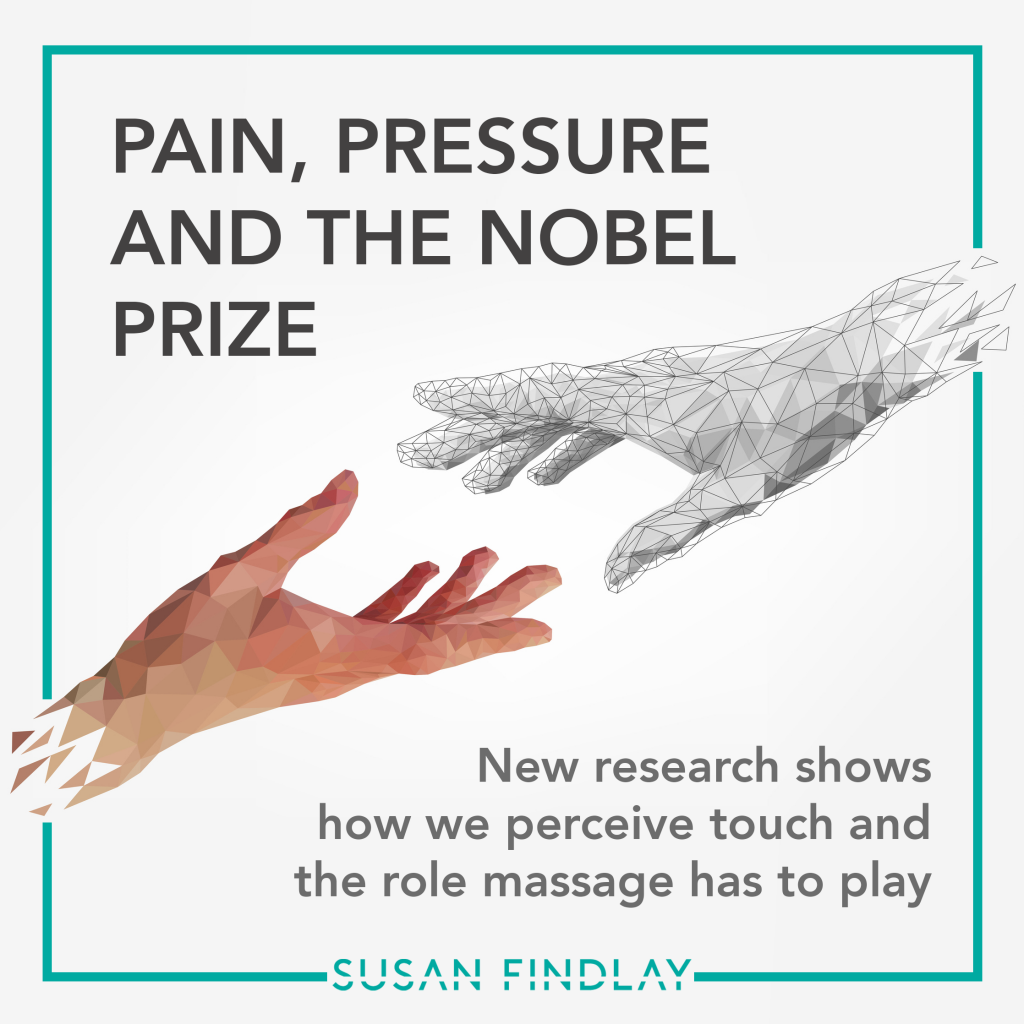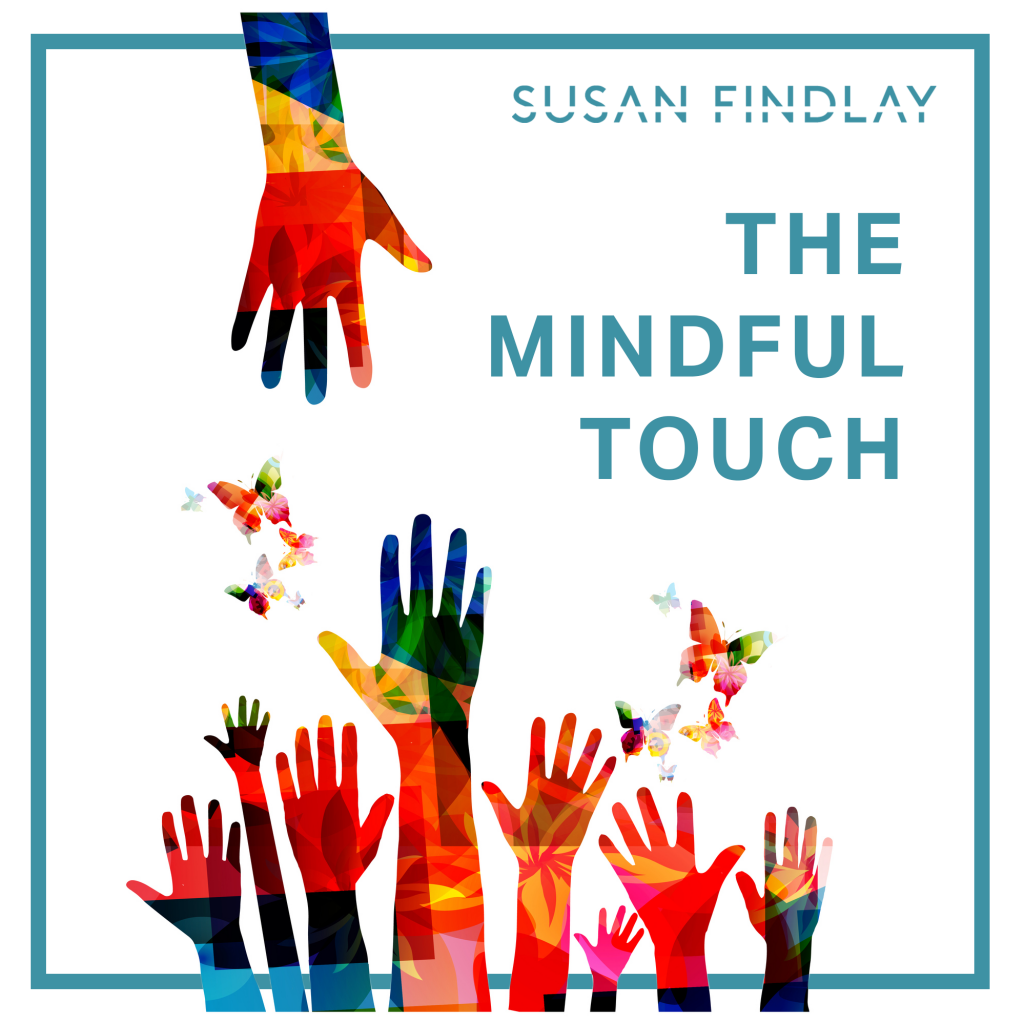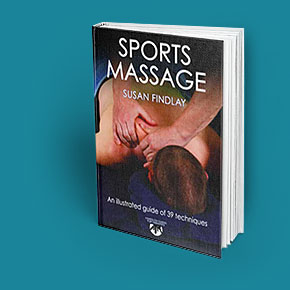Our bodies have an amazing sensory capacity. We smell, see, hear, and touch our environment, firing signals from our eyes, ears, skin, and nose to our brain in fractions of a second. It goes without saying that our senses directly affects the way we feel, hence why a mindful touch is so important and will influence the outcome of your session.
As massage therapists, we know how important touch is. In the past 50 years, science has taken leaps and bounds in explaining how important touch is to our mental and physical wellbeing, and the precise internal mechanisms of action that take place influencing these feelings. More and more is being written about its’ importance for our wellbeing, but of course we as therapist cottoned on to this long ago.
So what do you not already know? Let’s start at the beginning…Our sense of touch tells us where in the world our bodies end and the rest of the world begins; this starts from the moment we’re born. When we come out of the womb, we aren’t fully functioning; we can barely see, smell, or taste. However, we recognise touch, and it’s most likely the first full sensory experience we have.
I say full as evidence shows that babies’ somatosensory system starts developing between the 17 and 26th gestational weeks. By week 18, they start to sleep more when mothers are active, as the rocking movement soothes them. Great for babies, not so great when you’re getting kicked from inside in the middle of the night! By week 32, their system is already so sophisticated that they can feel a single hair brushing over their skin. While we are born with some instincts, our systems need to calibrate, and sensory experiences within the womb help us to develop our entire nervous system. I love watching the interaction that my daughter has with her kid to be, stroking, doing little taps, gently jostling him around, you can sense these is a connection even at that stage.
 Interestingly, research has shown that twins will interact with one another in the womb! Obviously, the womb is quite a snug place, so there is bound to be some unintentional contact. But, scans have shown twins’ who touch each other in certain areas like the back, arms, or head lasted much longer, so would seem to be intentional. So, for all my readers with a twin, you might have been lucky enough to experience touch before you were born!
Interestingly, research has shown that twins will interact with one another in the womb! Obviously, the womb is quite a snug place, so there is bound to be some unintentional contact. But, scans have shown twins’ who touch each other in certain areas like the back, arms, or head lasted much longer, so would seem to be intentional. So, for all my readers with a twin, you might have been lucky enough to experience touch before you were born!
Interestingly, gently stroking the nerve clusters in our arms and back (called CT afferents) can make us feel warm and connected. This is purely me postulating, but I wonder if this pre-birth contact goes towards explaining the extremely strong bond between twins? Or how some of our techniques resonate more so than others, I find the rocking and vibration work to be extremely effective in relaxing my clients, (I use this specifically for oncology clients) is this something that people recognize from when they were in the womb?
We find contact with our mothers extremely comforting; I’m sure most of you have seen a seemingly irreconcilable baby stop crying immediately after being picked up by their mother – a real example of contact comfort! Scientists did controversial experiments on monkeys who were taken away from their mothers at birth and placed them into a holding tank. There, they’d have two “surrogate mothers”; both made from a wire frame, with the harsh wire exposed on one, and the other wrapped in cloth to make it smooth.
They put the monkeys in two situations; one where the bare wire mother had a bottle with food, and the cloth mother had no food. In the other situation, the food was held by the cloth mother, and the wire mother had nothing. In both situations, the monkeys preferred to spend time clinging to their cloth mother, only approaching the wire mother when she had food, then quickly retreating to their cloth mother.

Of course, whether this experiment was ethical or not is a bone of contention, and it hasn’t been replicated in humans. However, due to tragic circumstances, we’ve been able to see the impact that being deprived of touch has on children’s development. One study found that babies that had to be incubated gained weight 47% faster after having 15 minutes of mechanosensory stimulation.
Other studies have shown that developmental delay is far more common in children deprived of sensory stimulation. Clearly, we need touch from the moment we are born.
 While our understanding of the human body has come leaps and bounds in the past hundred years, there are still many things we are yet to discover. Two scientists in the USA won the Nobel Peace Price in 2021 for discovering the receptors which allow us to actually feel touch and temperature. To do this, they used a substance you might think is a little unusual; capsaicin, which is the chemical that gives chillies their heat.
While our understanding of the human body has come leaps and bounds in the past hundred years, there are still many things we are yet to discover. Two scientists in the USA won the Nobel Peace Price in 2021 for discovering the receptors which allow us to actually feel touch and temperature. To do this, they used a substance you might think is a little unusual; capsaicin, which is the chemical that gives chillies their heat.
When trying to identify what causes us to feel touch, the scientists found a cell line which would give off an electrical signal when prodded with a micropipette. After much trial and error, they were able to identify a single gene that when removed, would cause the cells to cease responding. They named this Piezo1, after the Greek term for pressure. While nothing concrete has come of this research yet, it could yield important information about how we deal with chronic pain and other long-term diseases.
I hope that in years to come, we’ll look back on this supposedly scientifically enlightened time and understand that we only could see the tip of the iceberg when it comes to the importance of touch!
If you are interested in this subject I have written the following articles, to name but a few!




